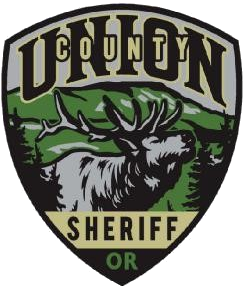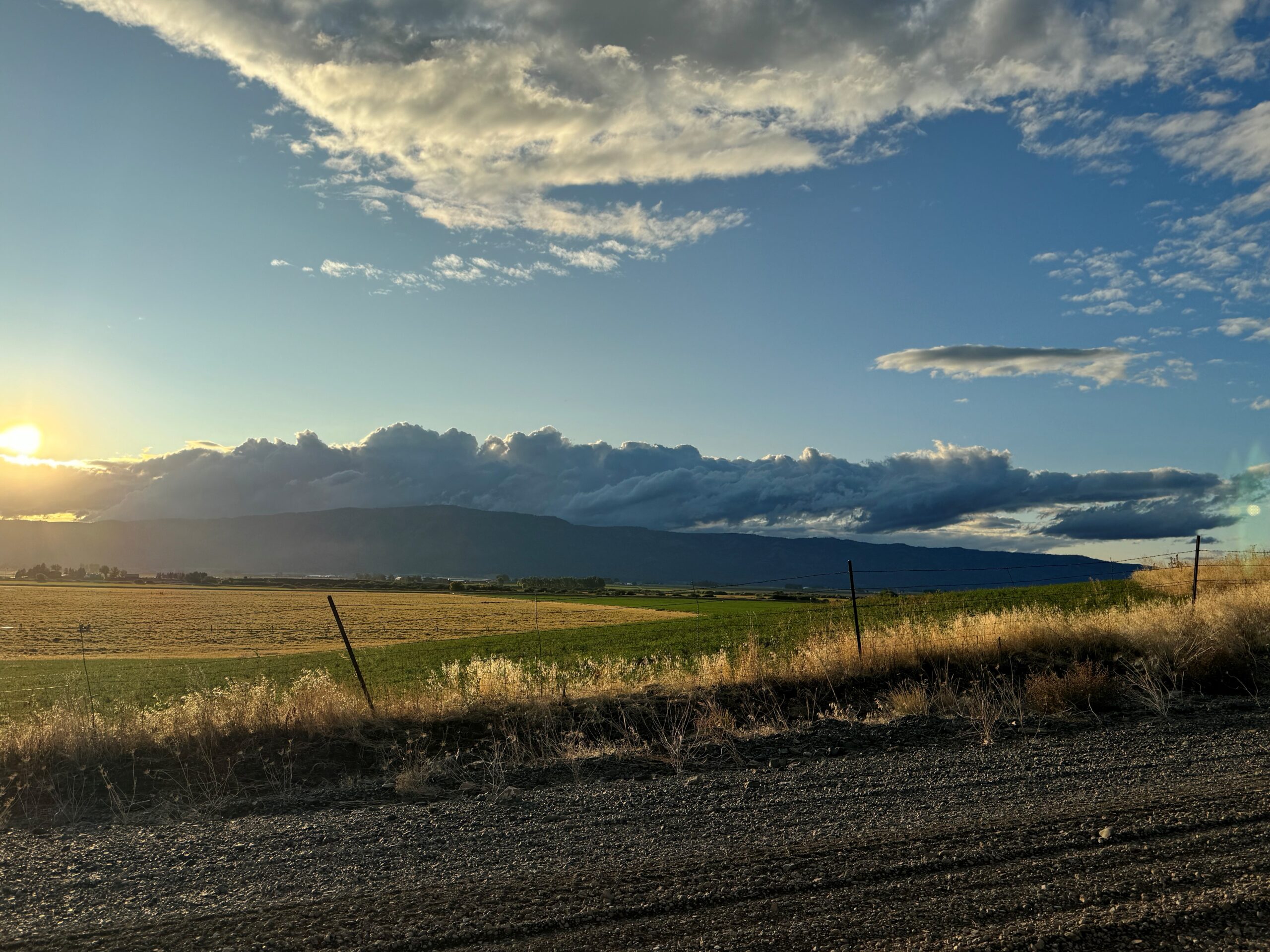“Castle Doctrine” and “Stand Your Ground”
Castle doctrine – presumes you are in imminent danger; prevents lawsuits; no “duty to retreat”
Stand your ground – no duty to retreat from a place if it is lawful for you to be there
Close encounters of the police kind
What to do if contacted by the police
Traffic stop – keep both hands on the wheel, calmly inform officer you are in possession of a firearm (he probably already knows), ask him/her what they want to do. They will probably ask you where the gun is – DO NOT REACH FOR IT.
If involved in a deadly physical force situation:
- Inform 911 of situation, describe the good guy
- Put handgun away, or holster
- Follow commands (we can sort it out later)
- Your decision whether to make a statement
Physiological responses
- Auditory exclusion
- Tachypsychia – feels like time is moving fast, or slow
- Tunnel vision
- Gross muscular gain
- Fine motor loss
Basic Firearm Safety Rules
- Treat all firearms as if they’re loaded
- Be sure of your target and what is beyond before you pull the trigger
- Keep your finger off the trigger until your sights are on the target
- Never point a firearm at anyone or any object unless you are willing and justified in destroying that person or object
Video resource: https://www.youtube.com/watch?v=cOuVjeDg0Bw
Handguns and their purpose
If you have a gun for self defense, you need training. This class will not make you an expert, it is just a beginning.
A handgun is a defensive weapon, not an offensive weapon (well, usually).
A handgun is designed to protect you at close ranges.
You must be able to fire a handgun under stressful situations with confidence.
Handguns are harder to shoot accurately but easier to keep control of during a struggle.
As a shooter, you need to be trained in the handling of the particular handgun chosen to ensure the safe and efficient use of that handgun.
Make sure the handgun meets your intended purpose.
You must be prepared to deal with the aftermath of a justified act of self-defense using a firearm. If you are unable to accept this responsibility, you should consider not carrying a handgun.
Remember your handgun can be used against you if it is present.
You must be able to control your handgun and your emotions before ever considering carrying it as a weapon.
Your handgun is a threat in the hands of anyone but yourself.
Bluffing
Do not fool yourself and think that a gun will scare criminals away. They sense fear not unlike an animal.
They will not be afraid of your gun if they don’t believe you will pull the trigger.
Force
If you are justified in drawing your firearm and justified in shooting, you cannot hesitate.
Today’s criminals will disarm and kill you if they have the chance to do so.
Many criminals believe they have nothing to lose and practice disarming techniques.
Criteria for engagement
- Ability
- Opportunity
- Jeopardy
Disparities
Can you ever legally shoot an unarmed attacker?
Differences in:
- Gender
- Size
- Age
- Training
“He ain’t got no gun!”
Weapons other than guns
Knives – within range do more damage than bullets; they don’t jam and they don’t run out of amunition.
Blunt objects – considered dangerous weapons.




